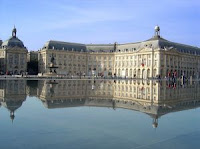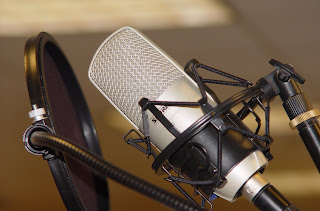This week on Wine For Normal People Radio...what makes a wine trendy? What wines *are* trendy right now?
wines *are* trendy right now?
Rick and I discuss the most popular wines of 2010 and which wine trends will be popular in 2011. Highlights -- some stuff on what generations are drinking what (and why I think it is BS to divide wine drinkers this way), the most popular searches in the Hello Vino application, and Pinot Noir -- the grape of the week and why the movie "Sideways" kind of ruined it.
Check it out:
 wines *are* trendy right now?
wines *are* trendy right now?Rick and I discuss the most popular wines of 2010 and which wine trends will be popular in 2011. Highlights -- some stuff on what generations are drinking what (and why I think it is BS to divide wine drinkers this way), the most popular searches in the Hello Vino application, and Pinot Noir -- the grape of the week and why the movie "Sideways" kind of ruined it.
Check it out:
















































